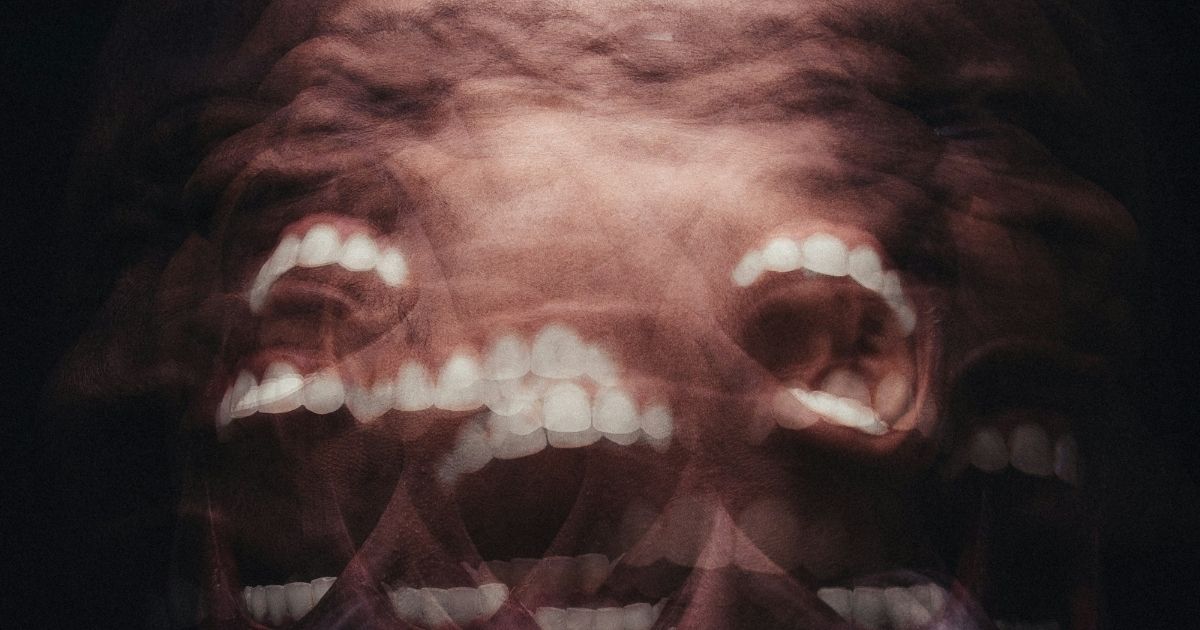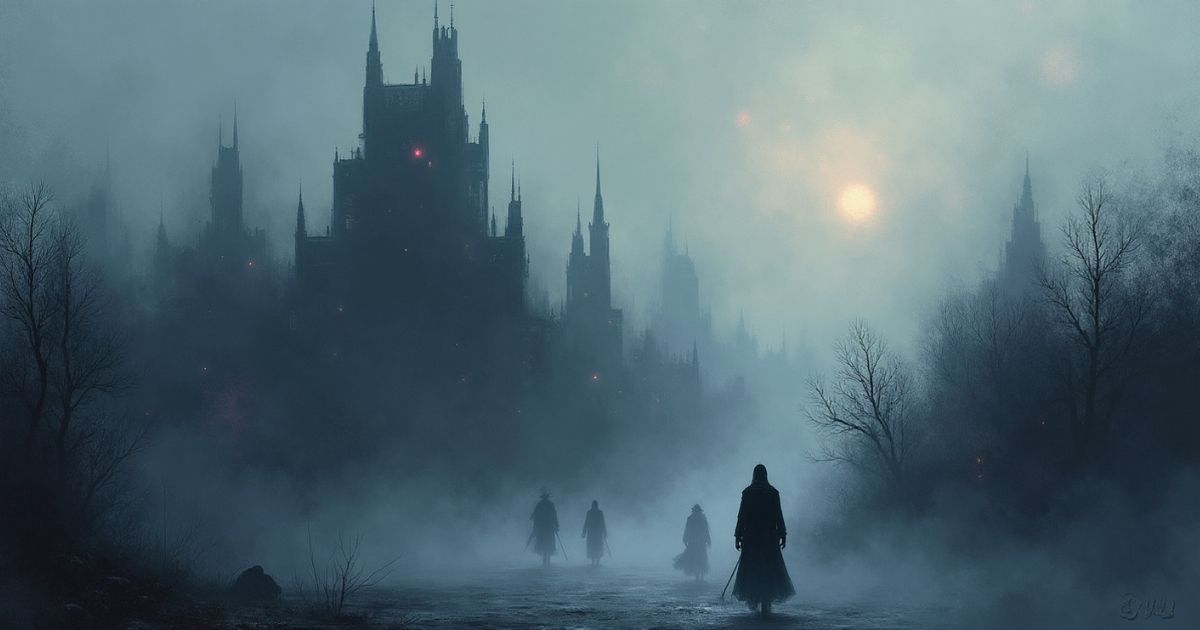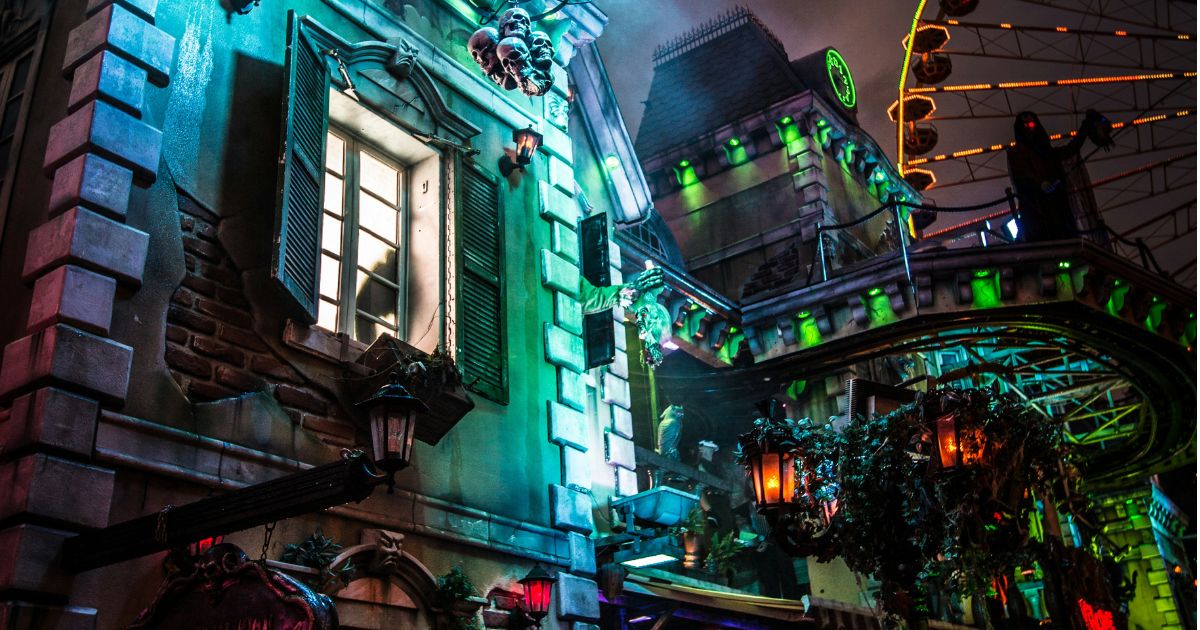The Anatomy of a Scare: What Makes Us Scream
The Anatomy of a Scare: What Makes Us Scream
🧠 The Science of Fear
Fear is our oldest survival instinct — and horror creators have been experimenting with it since the first campfire stories. When a scare hits, your amygdala triggers a lightning-fast reaction: adrenaline spikes, muscles tense, and your body prepares for fight or flight.
But when that fear happens in a safe environment — a haunted house, a movie theater, or your couch — those same chemicals give us an exhilarating rush. That’s why we choose to be scared: our brains crave the thrill of danger without the real threat.
We’re not running from the monster anymore — we’re running toward it.
🔦 The Power of the Unknown
The best scares live in the shadows.
From Hitchcock’s Psycho to modern classics like The Conjuring, the most terrifying moments often happen before we ever see the monster. Our imagination fills the blanks with something far worse.
A creaking floorboard, a flickering bulb, a shadow that doesn’t belong — these small details activate our primal instincts. Horror thrives in ambiguity. Once the creature is revealed, the mystery dies… but the anticipation is what really makes us shiver.
🎵 The Sound of Dread
If visuals set the stage, sound delivers the punch.
Think of the screeching violins of Psycho or the quiet heartbeat between scares in Hereditary. Horror sound design works because the human brain reacts to audio faster than visuals — meaning you feel fear before you even understand it.
That moment of silence right before the scare? It’s not a break — it’s the setup. Every whisper, scrape, and breath pulls the tension tighter, right up until it snaps.
🩰 The Choreography of a Scare
A great scare is a dance — part timing, part psychology, part showmanship.
Haunted attractions and filmmakers alike follow the rhythm of fear: build tension, deliver the scare, release, recover, repeat. You have to let your audience breathe just long enough before striking again.
When done right, that rhythm keeps us caught in a cycle of dread and relief — one we don’t actually want to escape.
It’s not chaos. It’s choreography.
🪞 The Mirror Effect
The most haunting stories aren’t about monsters — they’re about us.
Fear hits hardest when it reflects something real: grief (The Babadook), guilt (The Ring), paranoia (The Thing). The horror genre has always used monsters as mirrors, turning our deepest emotions into things that stalk, crawl, and whisper back.
A jump scare fades fast. A story that confronts your reality? That lingers.
🕯️ Why We Crave It
So why do we seek out the dark? Because fear reminds us we’re alive.
Every scream, every gasp, every pulse-pounding moment is a test of our control — and we love proving we can survive it.
For the true scream seekers, fear isn’t something to avoid. It’s something to celebrate.







